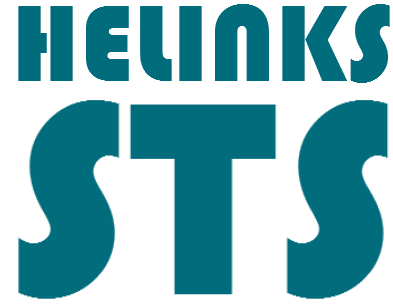IEC 60870-5-101/104 integration
Helinks STS includes support for mapping signals with IEC 61850 data to IEC 60870-5-101/104. This mapping can be exported to/imported from Excel spreadsheets, and be embedded in an SCD file according to technical specification IEC 61850-80-1.
Anatomy of IEC 60870-5-101/104 data
Each data point in an IEC 60870-5-101/104 system is identified by two addresses: the common address of the application (CASDU, COA, CAA) and the information object address (IOA). .
Common Address of ASDU, COA, CAA (Station Address)
The address is called common address because it is associated with all objects contained within the ASDU. This is normally interpreted as a station address. However, it can be structured to form a station/sector address where individual stations are broken up into multiple logical units.
COA is either one or two octets in length, fixed on a per-system basis.
Value 0 is not used, range 1 – 65 534 means a station address, value 65 535 (0xFFFF) means global address. The global address is a broadcast address directed to all stations of a specific system (broadcast address). ASDUs with a broadcast address in control direction have to be answered in monitor direction by the address that is the specific defined common address (station address). According to the standard, this parameter consists of 2 octets.
Information Object Address (IOA)
Each information object is addressed by Information Object Address (IOA) which identifies the particular data within a defined station. Its length is 3 bytes for IEC 104. The address is used as destination address in control direction and as source address in monitor direction.
The third byte of IOA is only used in case of structuring the information object address in order to define unambiguous addresses within a specific system. In all cases the maximum number of different object addresses is limited to 65 535 (as for two bytes).
If the information object address is not relevant (not used) in some ASDUs, it is set to zero. All information objects transmitted by one ASDU must have the same ASDU type (e.g., 5, step position information, see Appendix C.1). If there are more objects of different types to be transmitted, they are inserted in several ASDUs. For each defined ASDU type, the IEC 104 standard defines the format of the information object, i.e., what information elements form such object and how they are structured.
